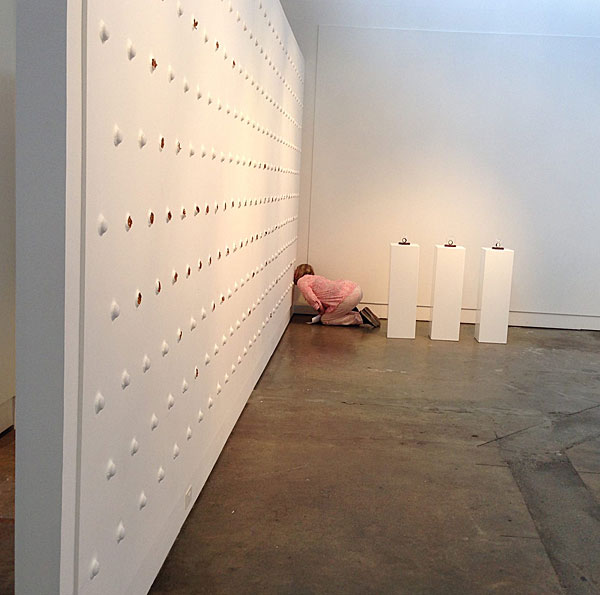Paper presented at Higher Degree Research Conference (Panel 5: Cultures; Performances; Mediations), UNSW Art & Design, 24 October 2019.

Abstract:
This art theory PhD examines instances of food art of the 20th century and its proliferation in 21st-century experience-based and immersive art practices. I propose that by employing edible materials, artists activate multisensory experiences that challenge the primacy of optical perception in modern visual art forms, and thus orientate the reception of art towards an active, multisensory body. I argue that some food art that seeks to energise the bodies and minds of respondents may instigate a form of ‘opening’ or receptiveness in art audiences drawing them outward to commune with the external world and those around them. This is important for food art practices where the emphasis is often on the social dimension of eating and sharing food with others. My analysis of the ‘opening’ up of the subject aroused by examples of food art draws on Silvan Tomkins’s psychological account of affect. Tomkins aims to identify and explain inborn bodily and physical reactions that shape and motivate human behaviour. In this paper I focus on an interactive installation by Australian artist Elizabeth Willing titled Goosebump (2010). It was made by adhering Pfeffernüsse biscuits to the gallery wall with royal icing. To engage with the artwork, audiences employ all of their senses (vision, touch, smell, and taste) to first discover the biscuits and then consume them off the wall. I characterise the ‘opening’ up of the subject triggered by some food art as an amplified sensory response that can facilitate introspection and critical reflection.
